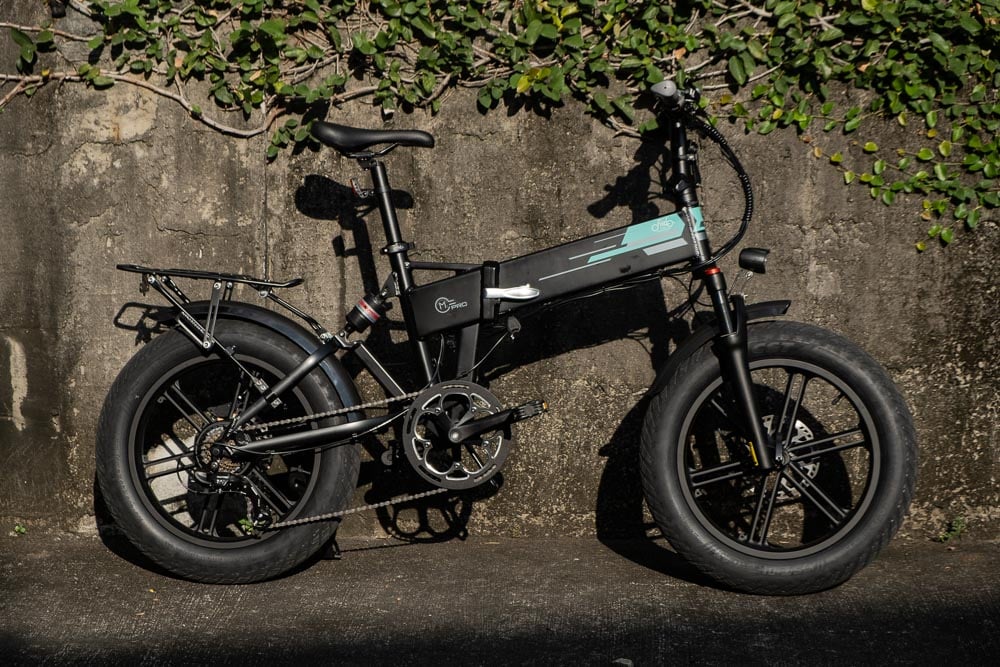
What happens when you take an electric folding bike and put fat tires plus suspension on it? You get the Fiido M1 Pro.
This beast is powered by a 500W rear-hub motor, capable of moving as fast as 45km/h on chunky 20-inch-by-four-inch tires.
On paper, it sounds like the ultimate e-bike. But does it live up to its label as a “folding, fat tire, electric mountain bike” as described by its distributor?
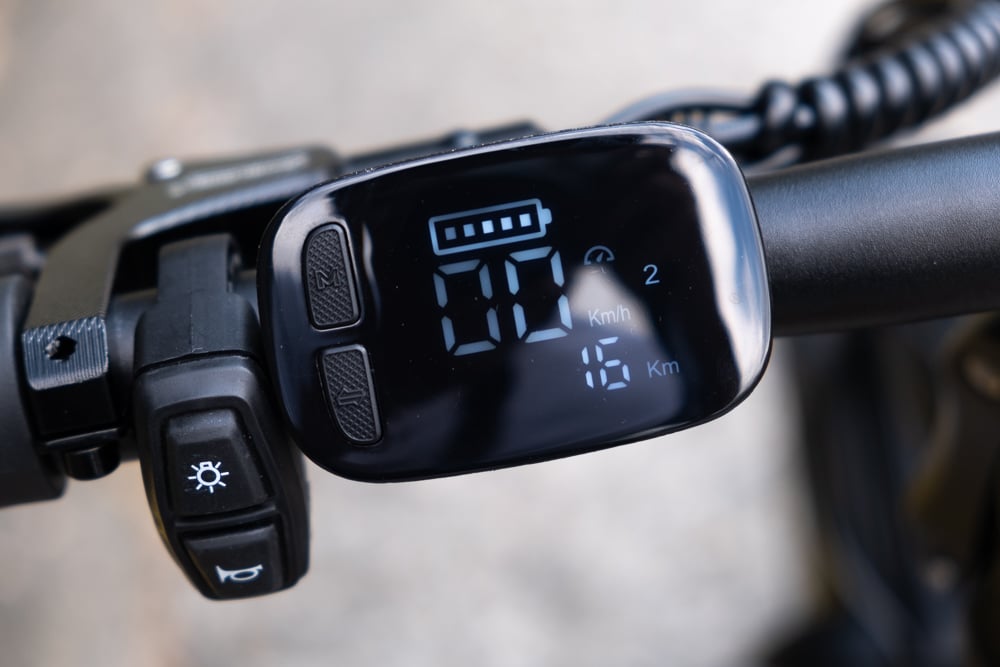
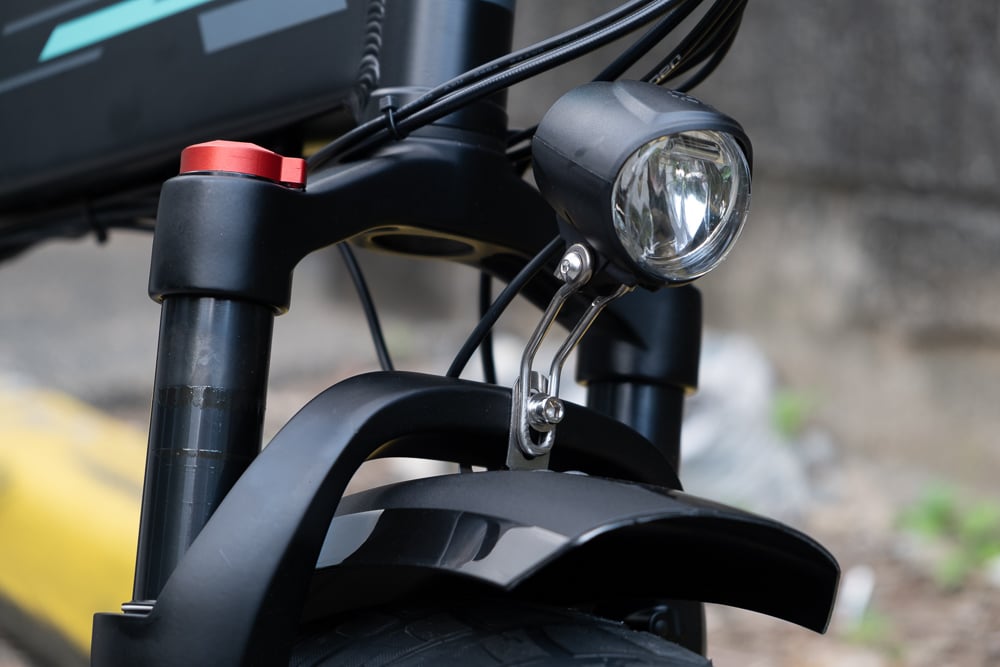
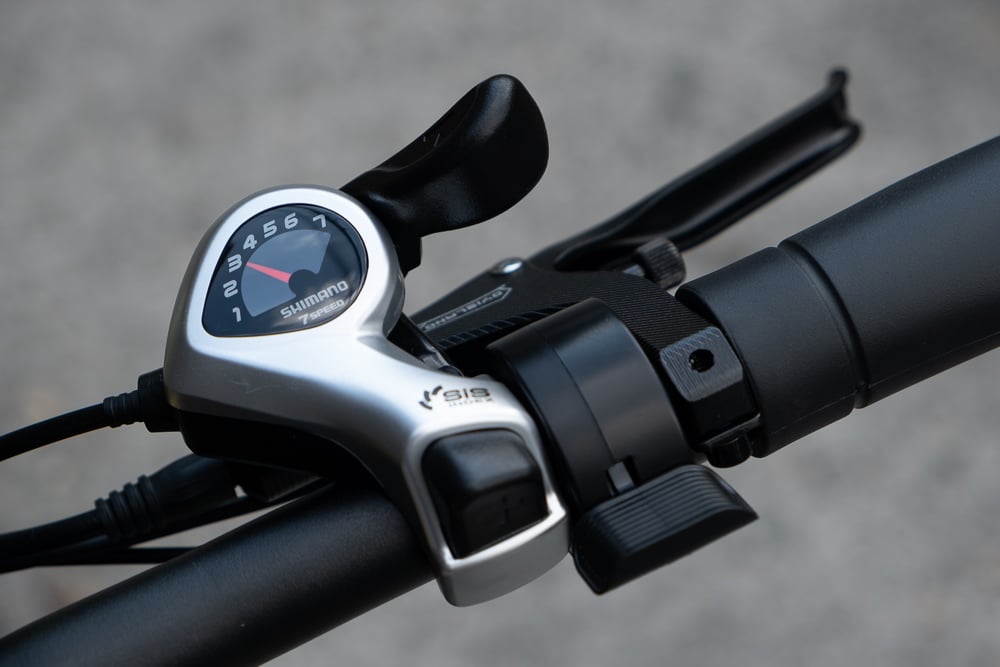
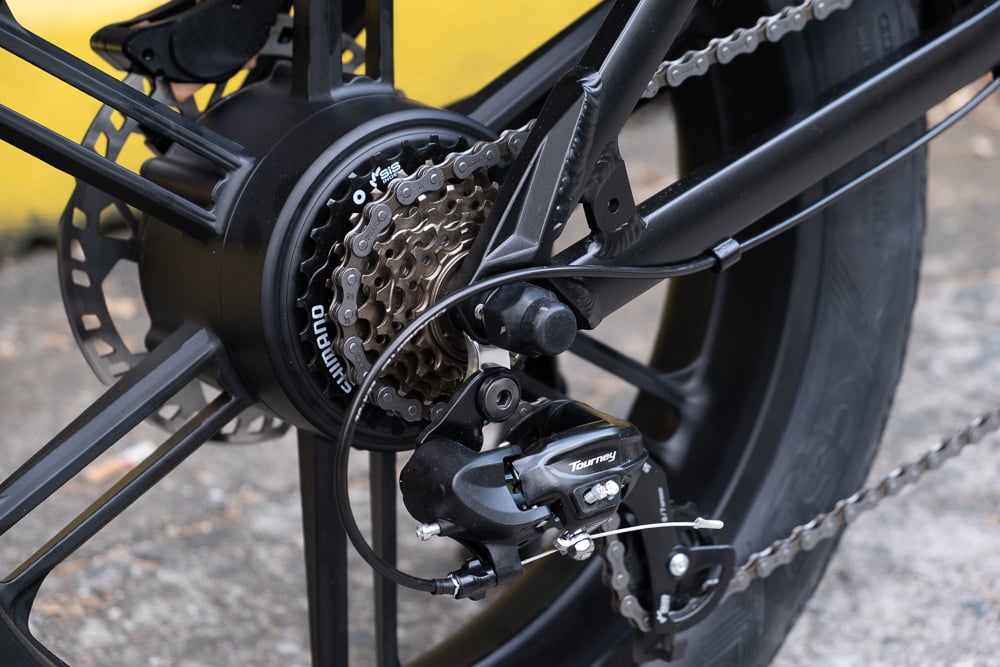
Being an electric bicycle, the M1 Pro has three levels of pedal assist and a cadence sensor. You turn the crank and the motor will do its thing—regardless of the effort you exert.
There’s also the option to leave it off, but good luck pedaling the tractor of a bike. A thumb throttle is present, and it’s helpful in case you need to take off or accelerate on short notice.
The lowest assist level is enough to overcome the rolling resistance and get you going. Acceleration is slow, making this perfect for residential areas and pedestrianized streets.
Assist Level 2 is what I’d expect from a decent electric bike. This is the most sensible setting for me as it provides the right balance between power and range.
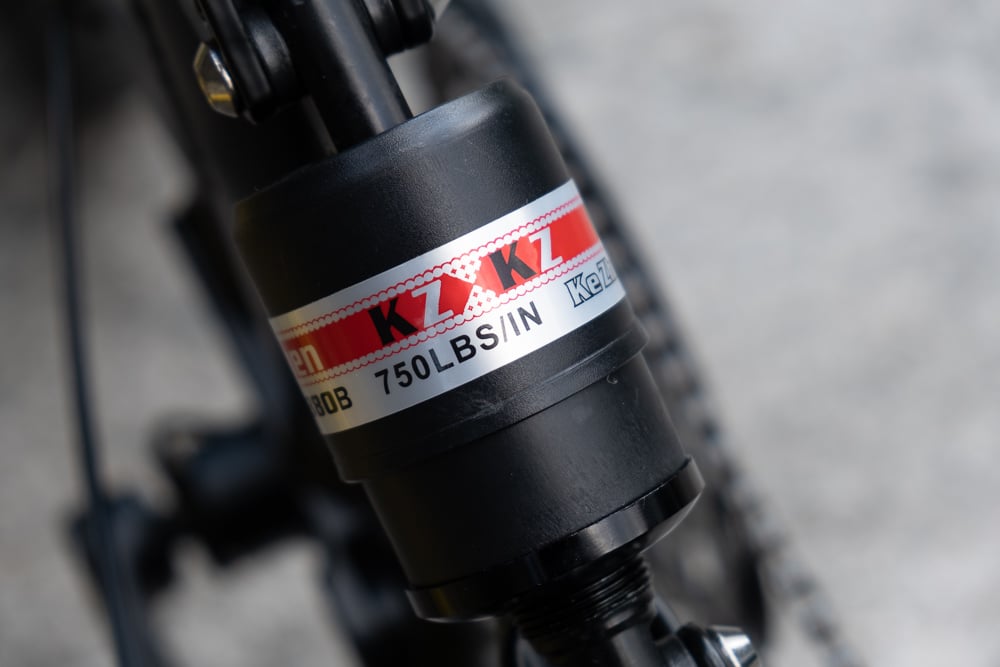
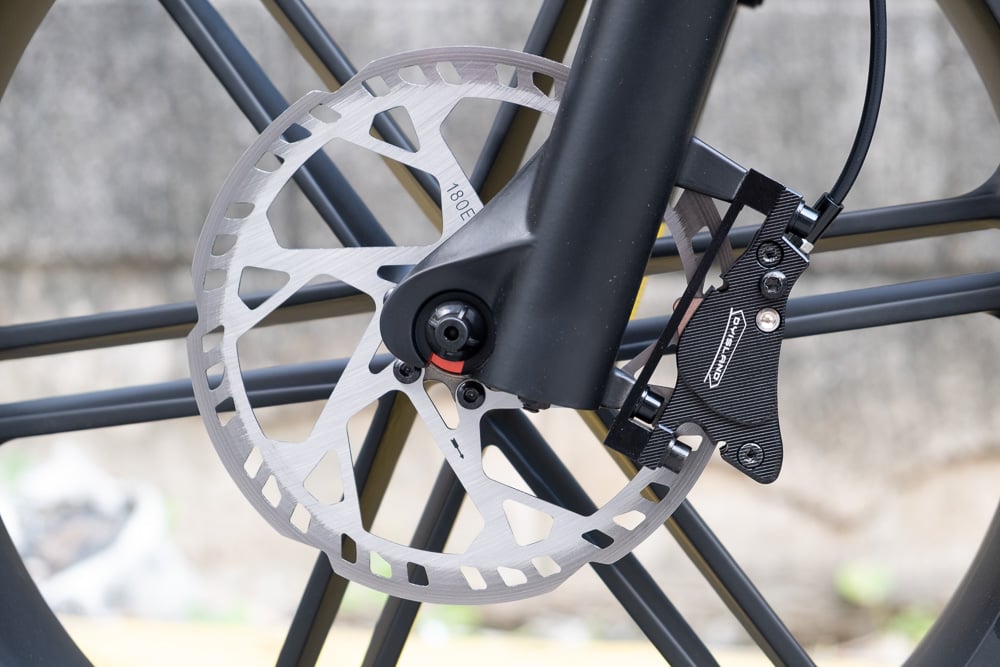
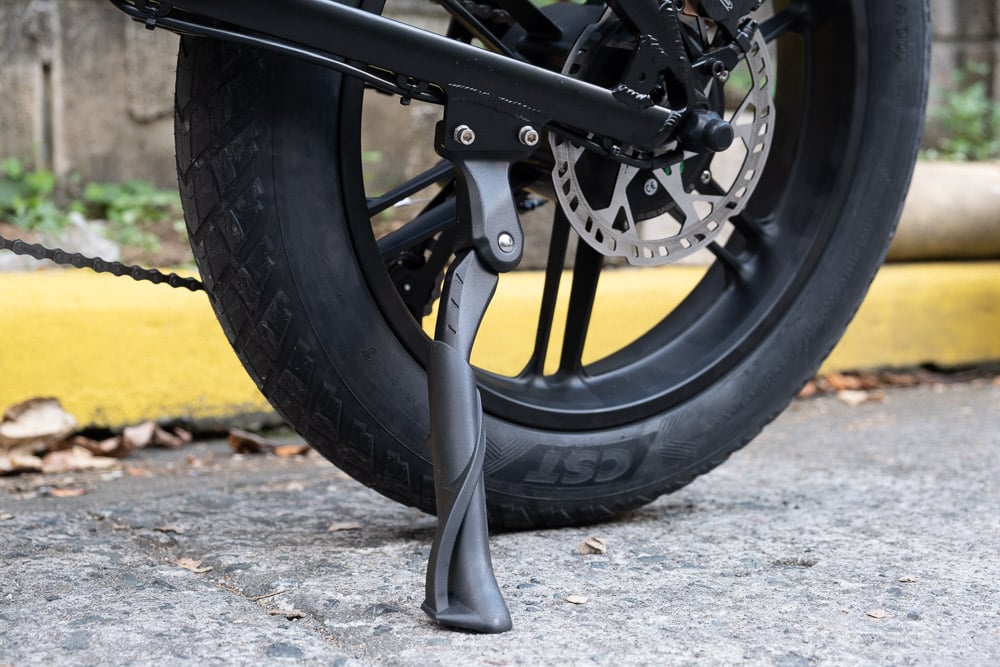
At first, I was doubtful when I heard that the unlocked top speed was 45km/h. But my mind was blown when I experienced it for myself at maximum pedal assist.
It doesn’t reach that in the blink of an eye as you’ll need to build up the momentum. And once you go upwards of 30km/h, you’ll need confidence backed by technical skills and experience to ride safely.
Thankfully, the M1 Pro has hydraulic brakes, but they won’t save you if you’re reckless and careless. When traveling at high speeds, you’ll need to be exponentially more defensive and aware, especially with the stopping distance.
Just like going full-auto with an assault rifle, it isn’t the wisest or the most efficient mode, so use it sparingly when the road is wide and clear.
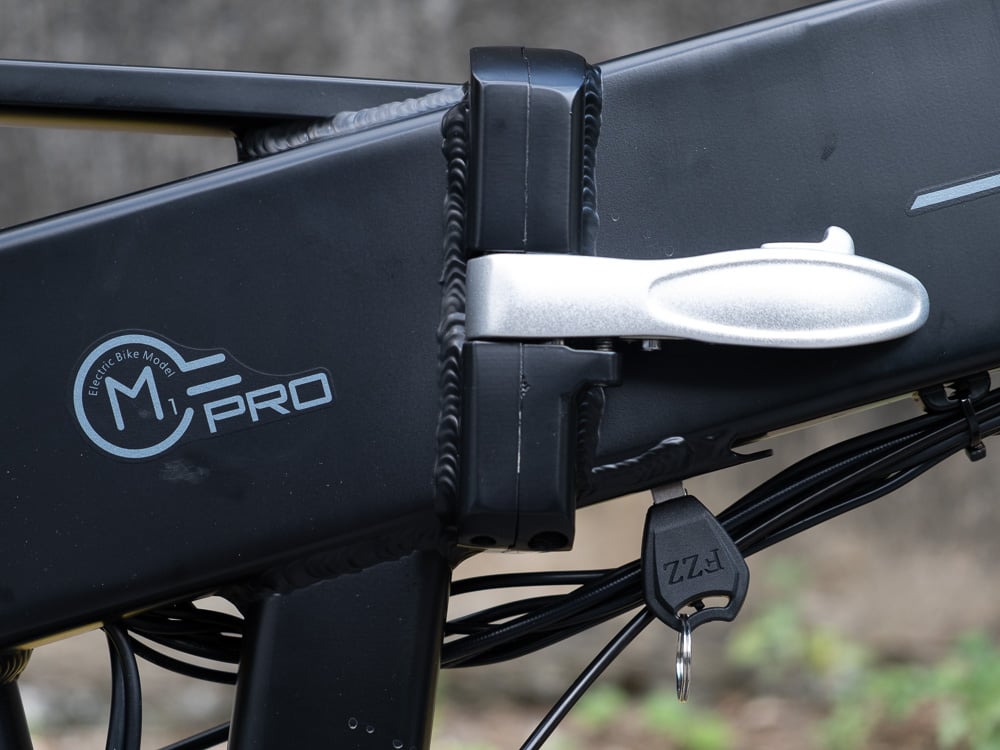
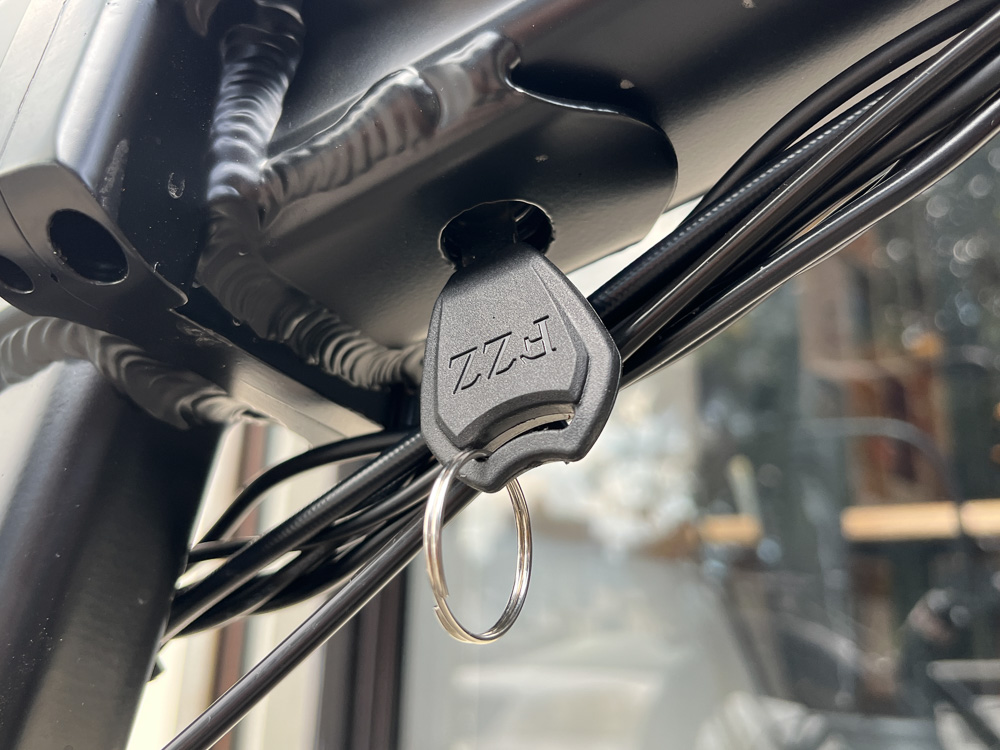
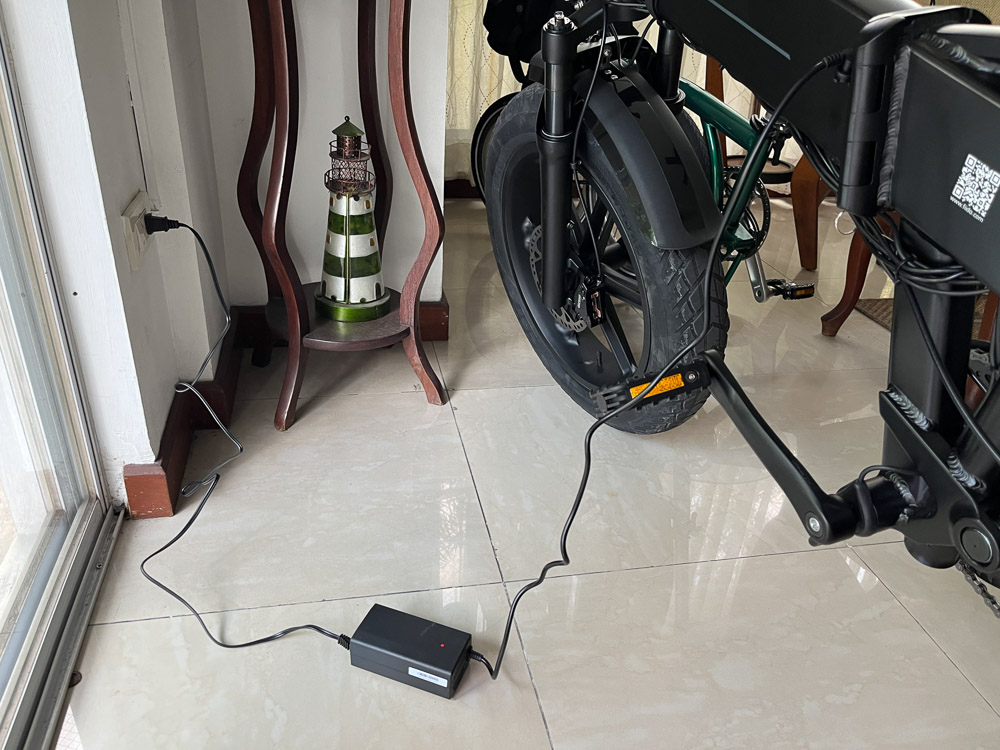
Another problem with going that fast is that it quickly drains the 48V, 12.8Ah lithium-ion battery. You’ll have to fold the M1 Pro to remove it, which is inconvenient. But thankfully, it can be charged while inside the frame.
Fiido claims a maximum range of up to 130km. However, the actual mileage will vary with the motor usage, the rider’s weight, and the road conditions.
The e-bike would be nice for long rides if the battery could be fully charged over a meal or coffee. Sadly, that isn’t the case as it needs as much as nine hours according to Fiido.
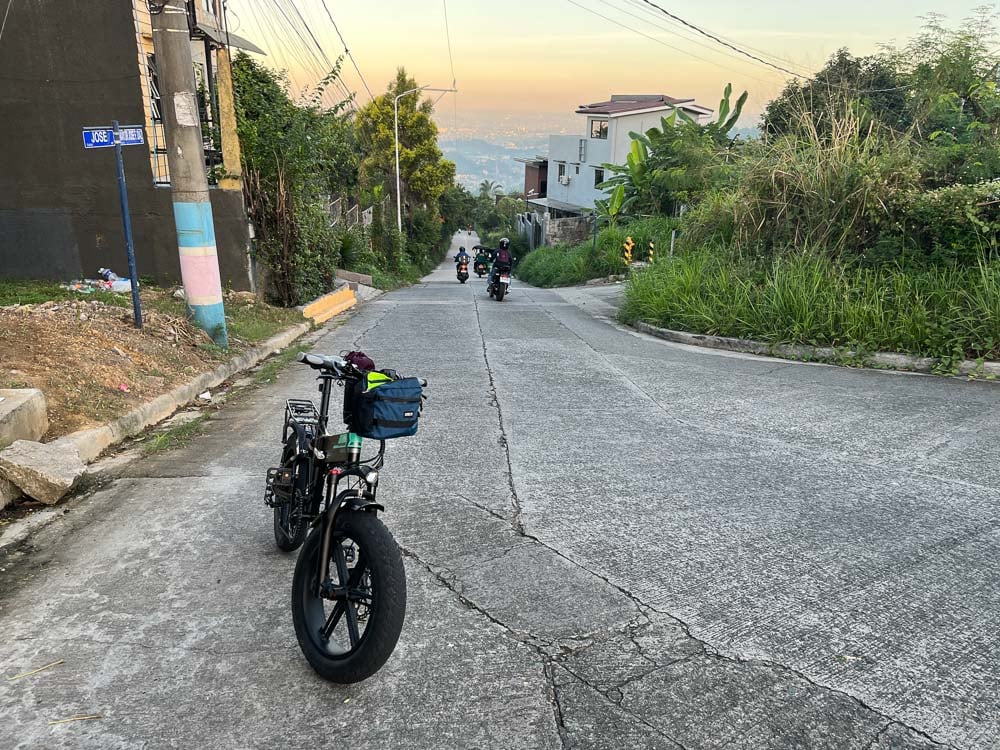
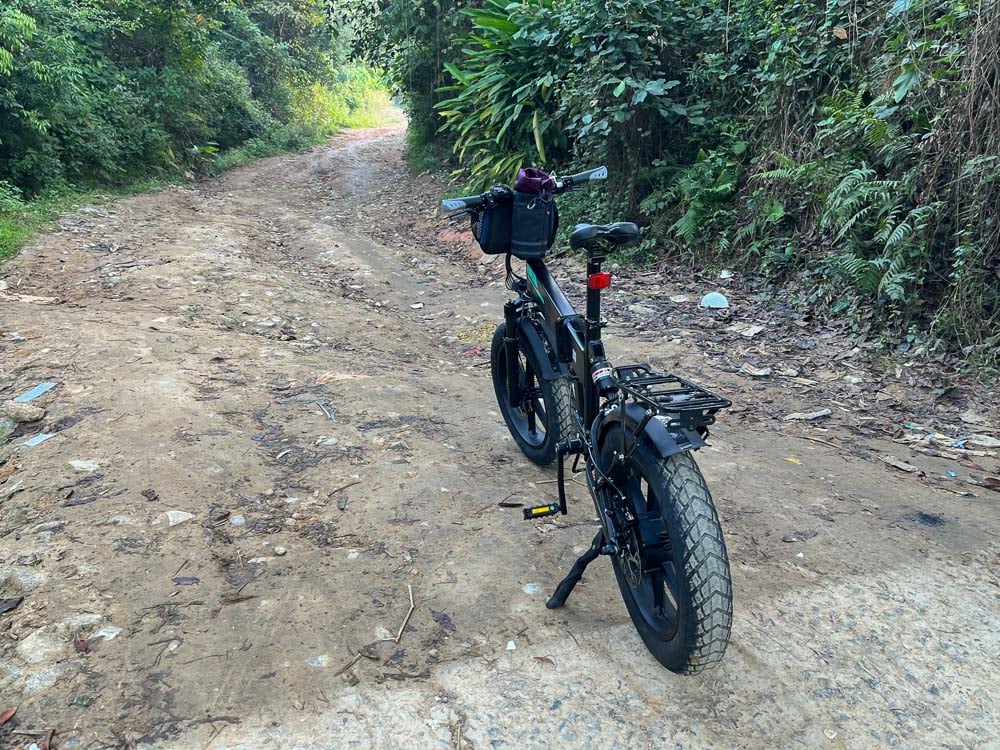
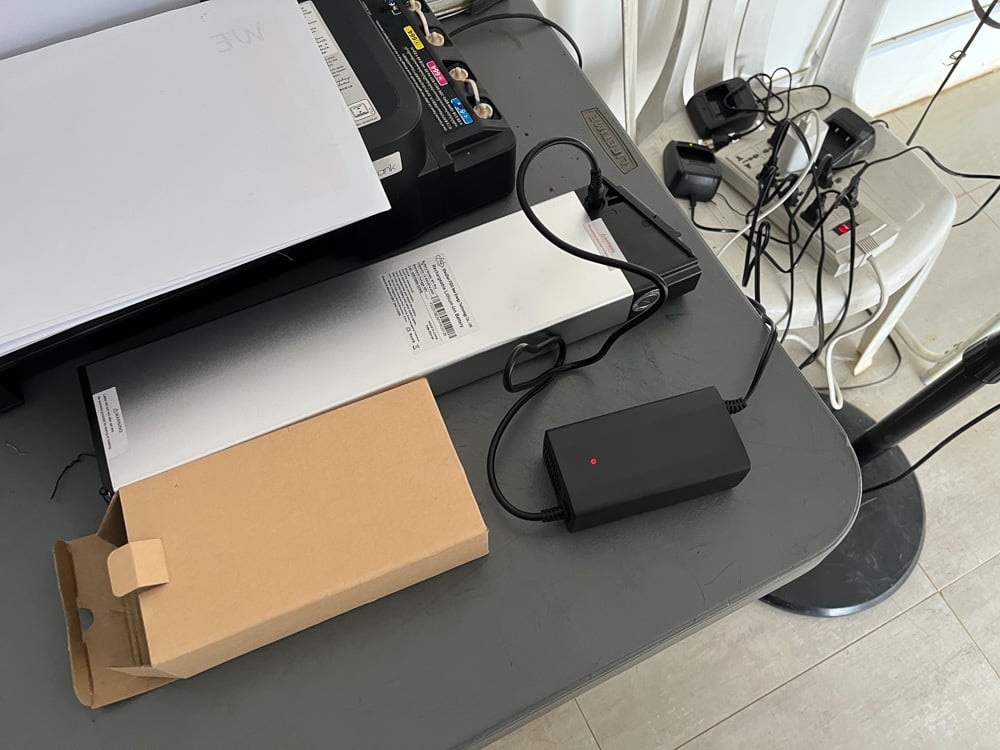
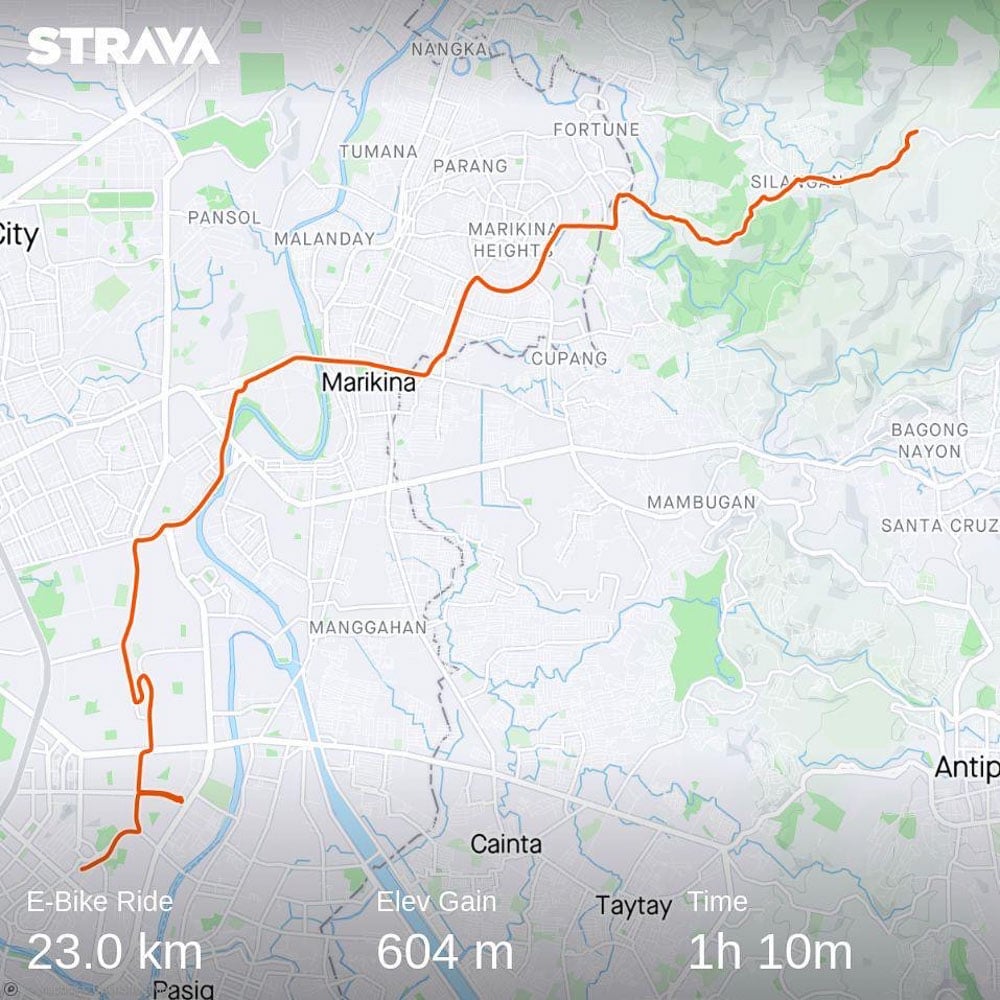
I discovered this during a ride to San Mateo, Rizal. While the battery had enough energy for me to reach the start of the trail at AFP Pestaño, range anxiety kicked in, forcing me to tap out early. I didn’t want to run out of juice while navigating through highly technical and steep terrain.
A range of 23km doesn’t sound far, but you also have to account for the 604m elevation gain after going through several stretches of steep climbs. Most of the time, I was on Assist Level 2. And even then, I had to do some heavy lifting at the worst inclines so that the motor didn’t come to a complete stop. Still, that’s an impressive feat as doing that on my own would have seriously drained me.
With two out of five bars left, I ate breakfast at UCM Adventure Park to buy time for charging. And this brought the battery life back to three bars. Feeling this wasn’t enough, I had a coffee break at Kuro near White Plains to make sure I could return to Kapitolyo. In the end, I only had one bar left, but at least the battery didn’t die on me during the ride.
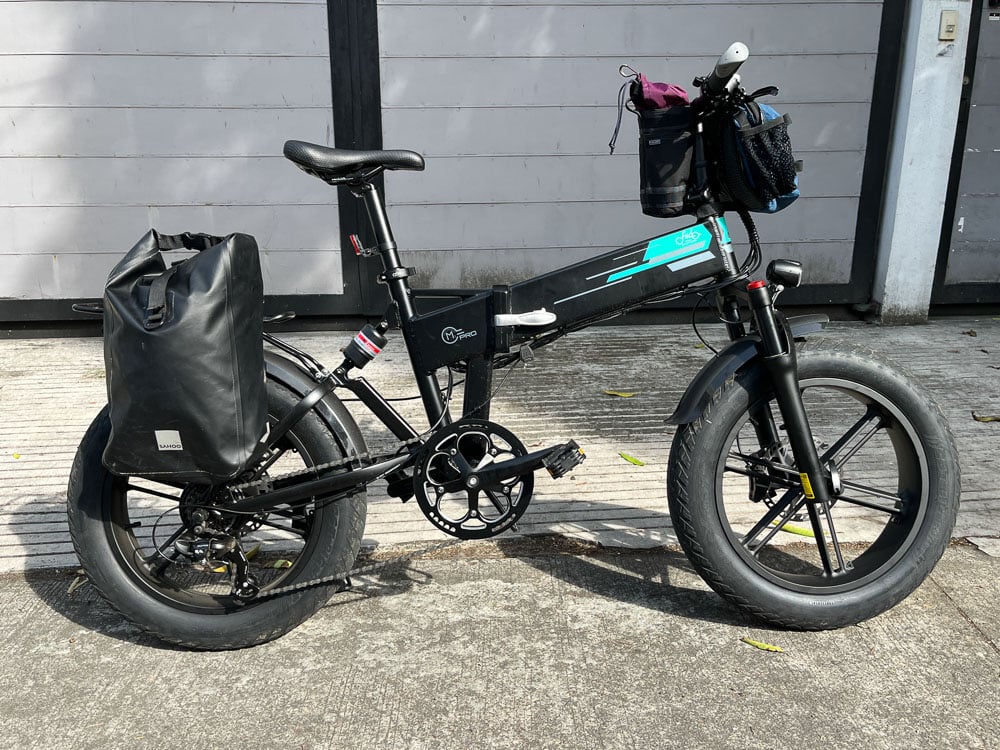
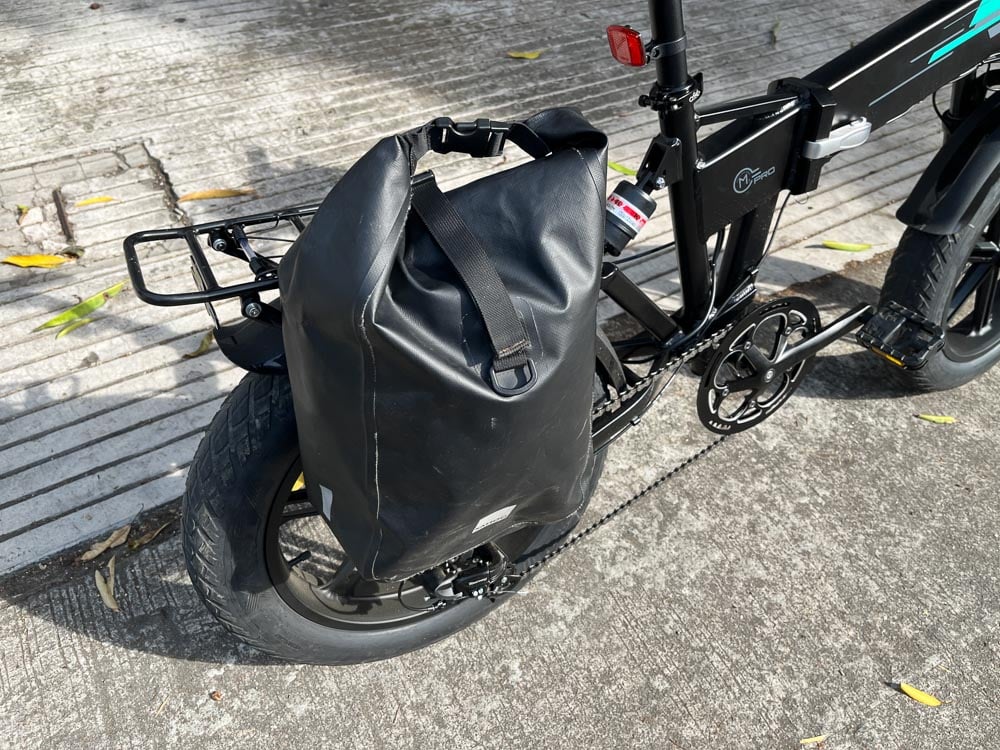
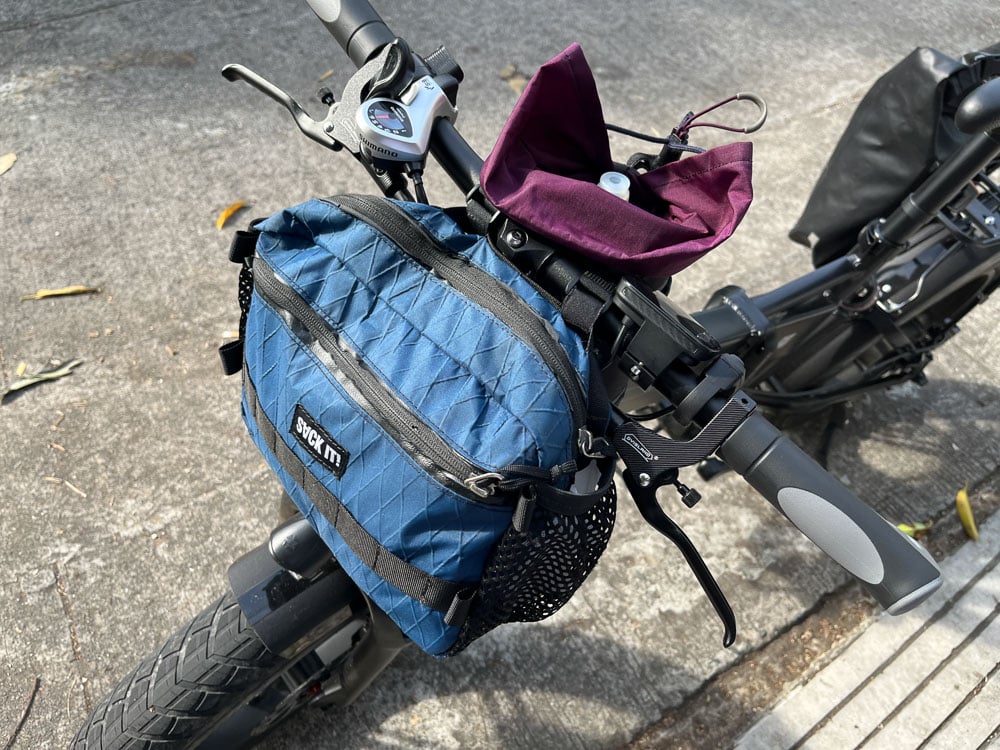
If you intend to go on long rides with the M1 Pro, make sure to carry at least one spare battery (along with the charger). To do that, some form of storage is needed. However, there are no provisions for racks or even a bottle cage. You’ll need to be resourceful and creative to haul cargo.
If I were to upgrade the M1 Pro, installing a rear derailleur with a clutch will prevent the chain from slapping around. Wider pedals with pins will help prevent the rider’s feet from slipping. Also, a brighter front light is needed for night rides as the integrated one is too dim.
A problem I encountered was that there was only one button to toggle through the pedal-assist levels. And double-tapping it changes the units between kilometers and miles. To avoid confusion, it would be better if there were dedicated buttons for increasing and decreasing the pedal-assist level.
Despite the rugged appearance, the M1 Pro is lighter than it looks. It’s not a featherweight at 25kg with the battery, but at least I can still lift it with my two hands—albeit with much difficulty. Also, not everyone is going to fit on the e-bike with only one size available.
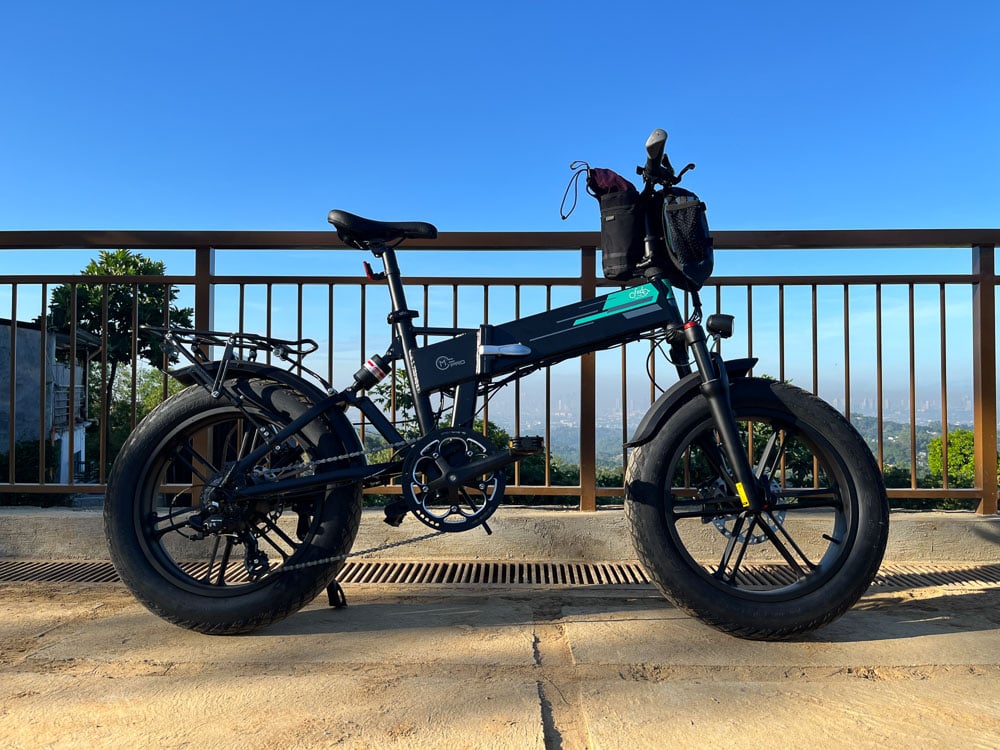
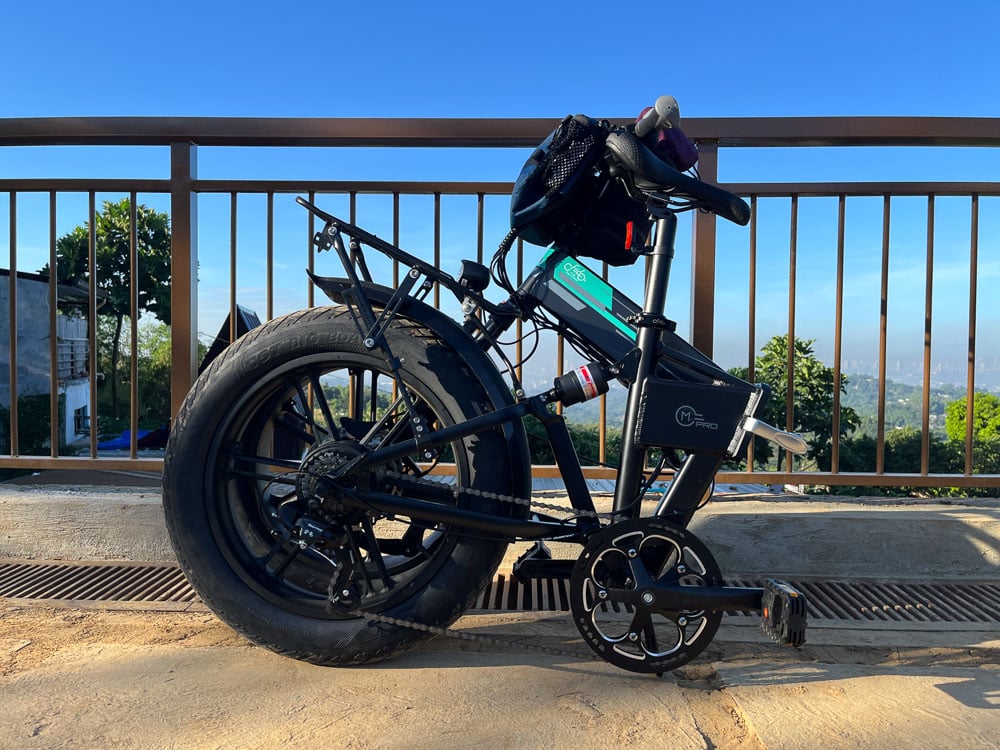
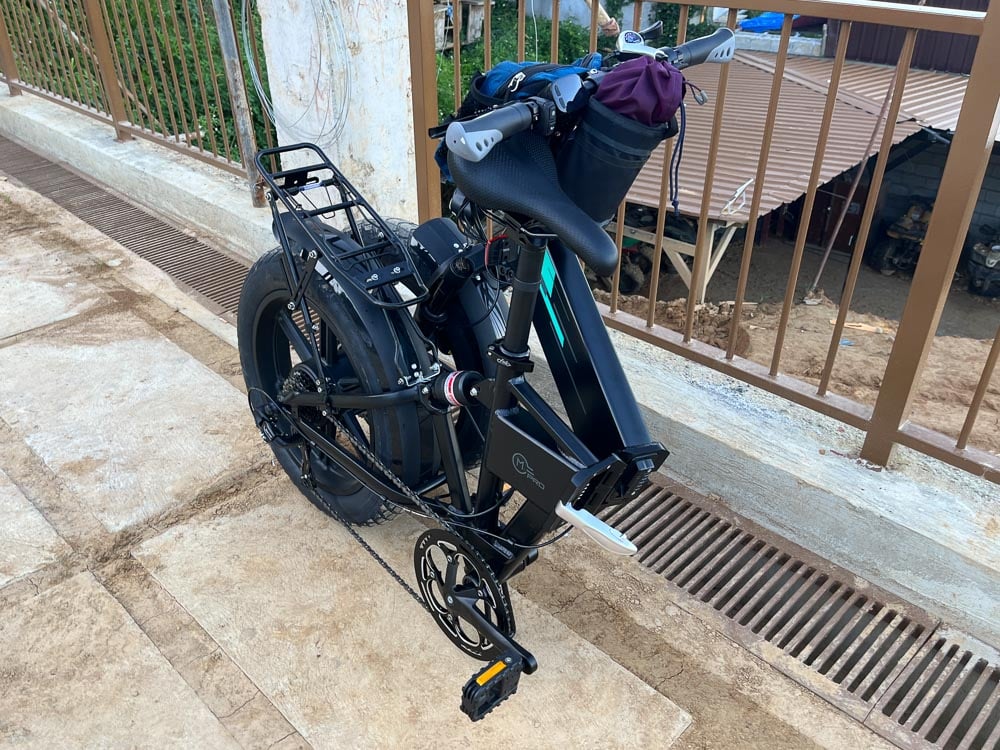
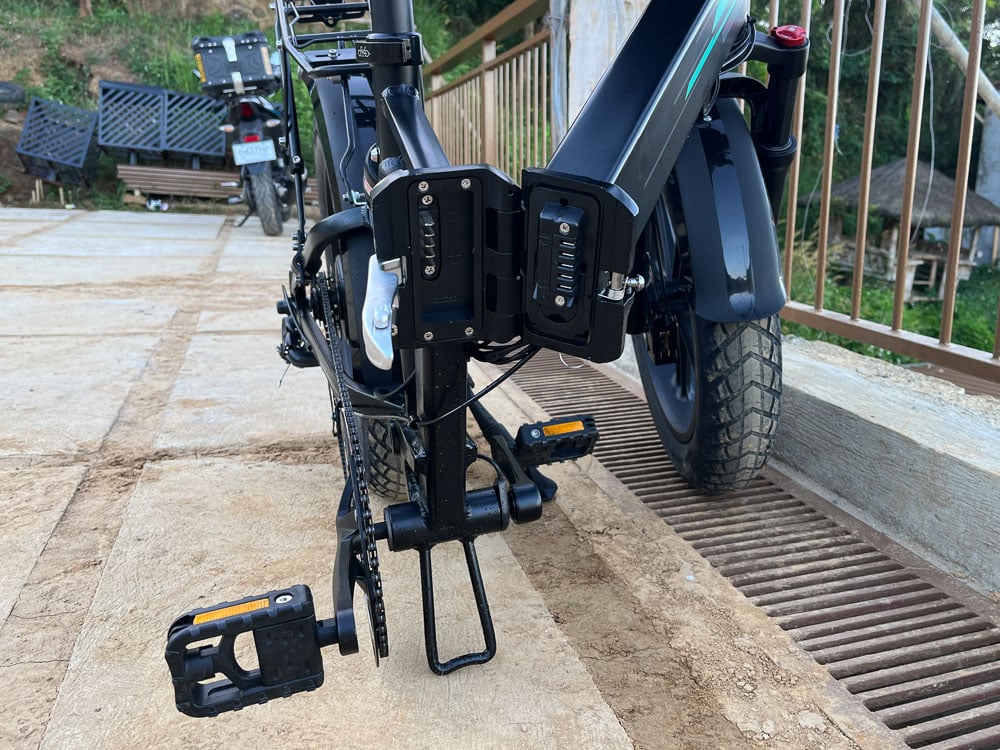
With mid-level electric folding bikes (such as the Nakto Flex and Fiido’s own D11) ranging from P40,000 to P50,000, an SRP of P54,999 at Popcycle Ebike Center doesn’t sound bad for the Fiido M1 Pro. However, you’ll need to consider your use case to determine if it’s worth the price tag.
Fat bikes are designed for loose and soft surfaces such as sand and snow. Although you might be able to use the M1 Pro on the trail (especially if you swap the semi-slick tires for knobby ones), an electric mountain bike will give you better handling and rolling efficiency.
On the other hand, the M1 Pro is overkill for commuting. When the roads get gnarly, you’ll appreciate the fat tires and the suspension. And the pedal assist will easily let you keep up with the traffic. But without that, turning the crank is a Herculean effort—just like carrying the e-bike up and down the stairs.
For newcomers to cycling, the M1 Pro is not exactly beginner-friendly. The e-bike is heavy; its handling is sluggish; the fatal top speed blurs the line between bicycle and motor vehicle; and the hydraulic brakes require finesse lest the rider goes over the handlebars.
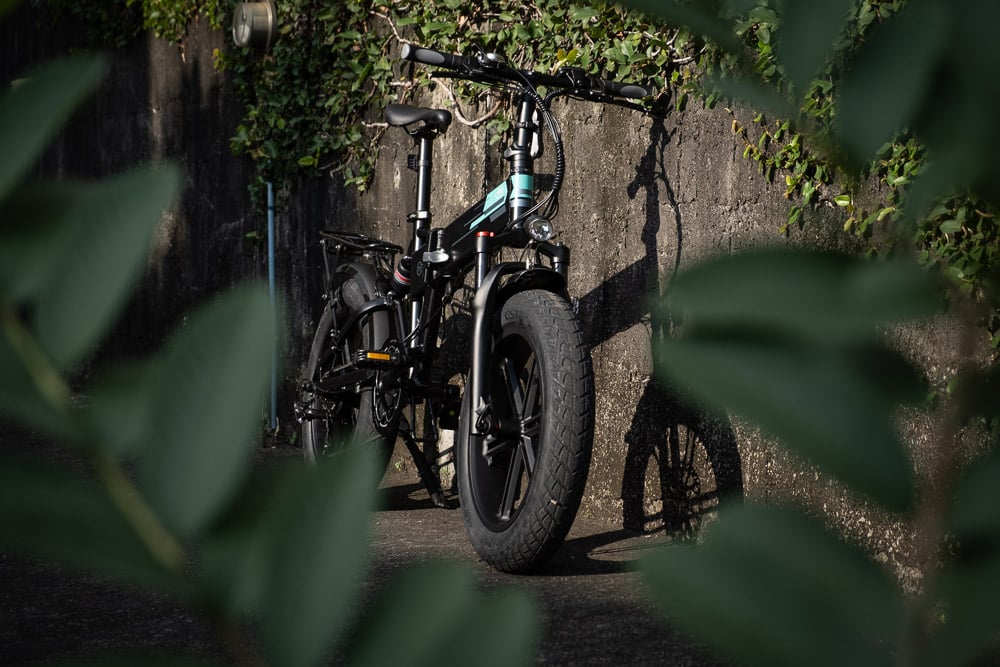
The Fiido M1 Pro is a nice ride on its own capable of plowing through rough streets with great speed (at the cost of battery life). But when the novelty wears out, you might find the fat tires to be a drag.
That’s why you should think carefully if it’s right for you. Similar to SUVs, don’t get one just because it’s cool. There might be better alternatives out there for your needs.

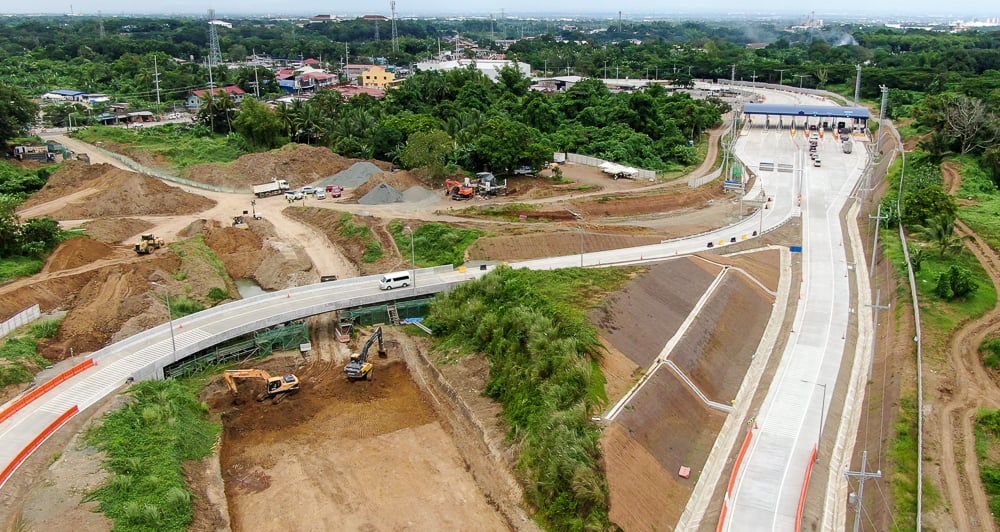
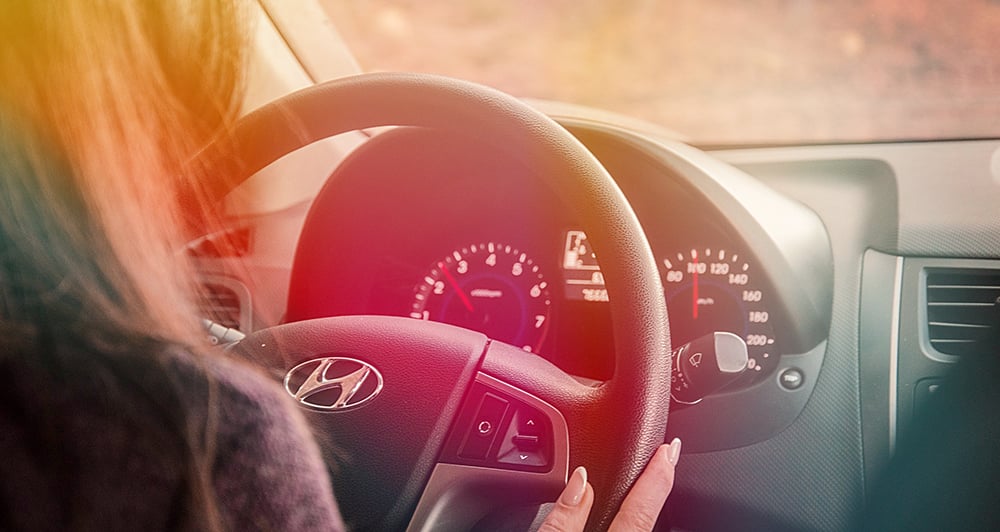
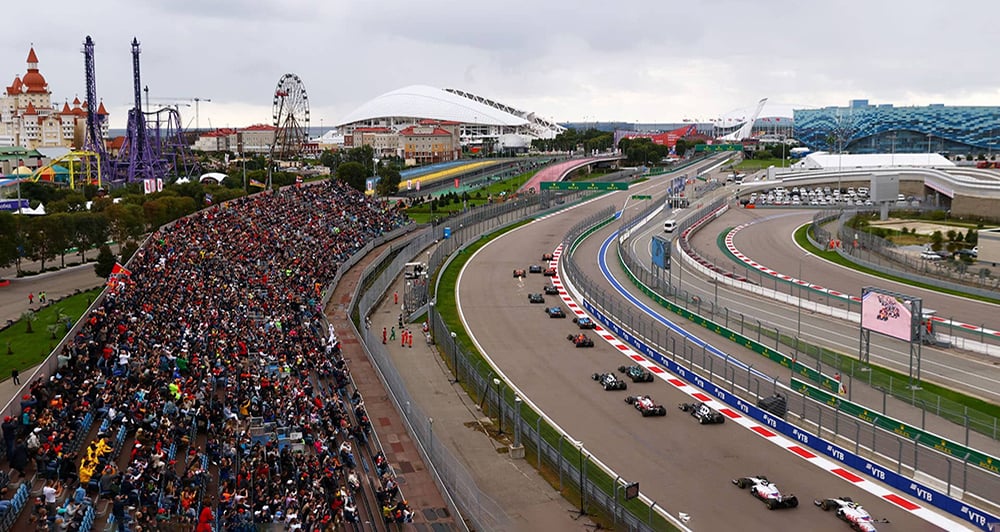

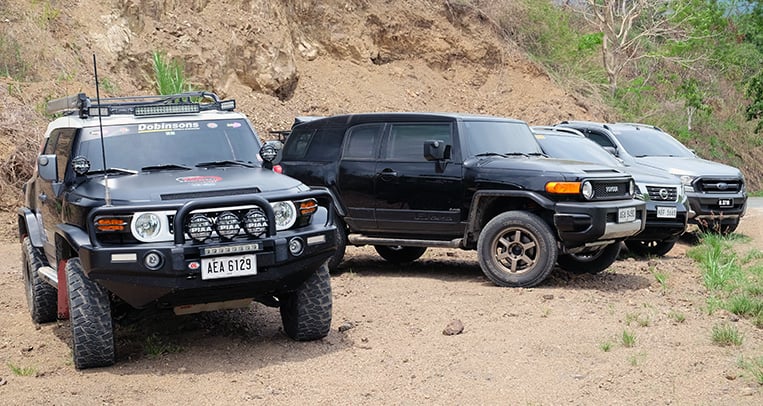
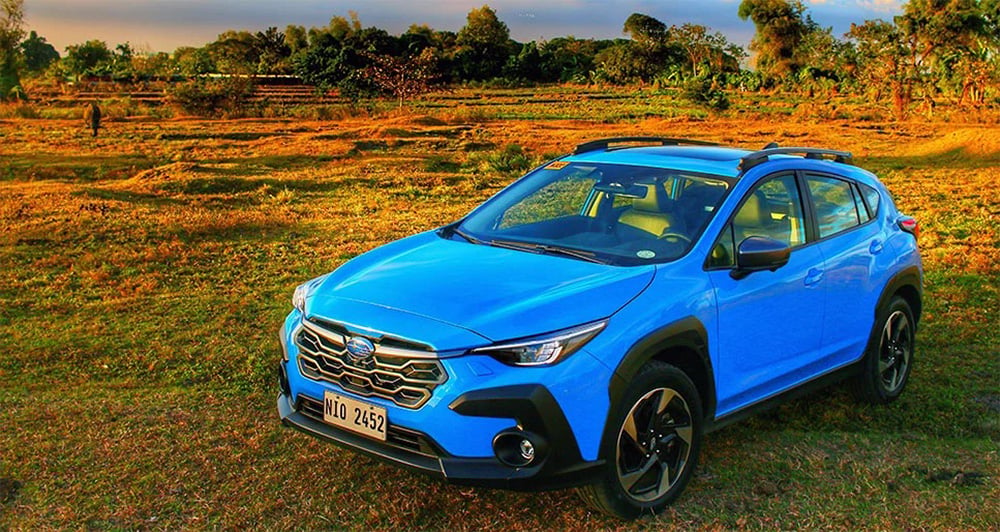


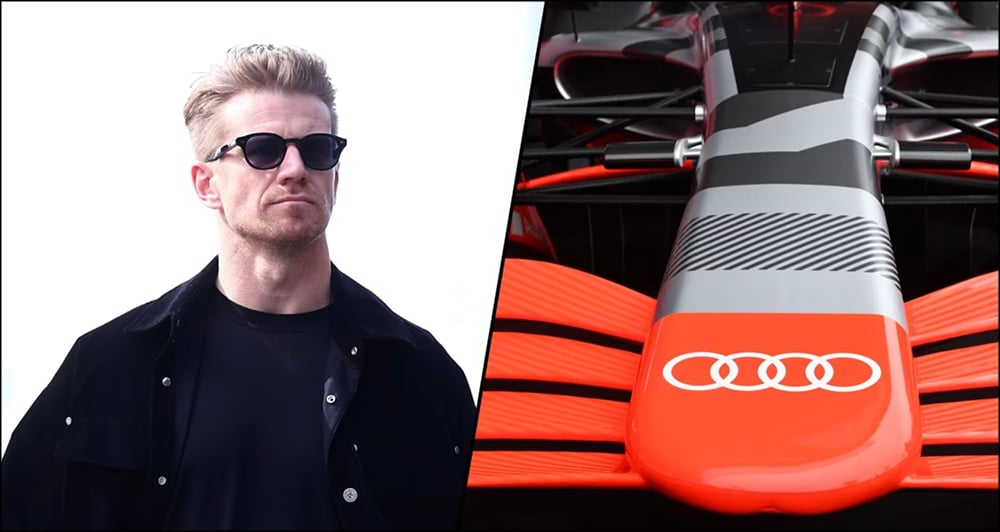
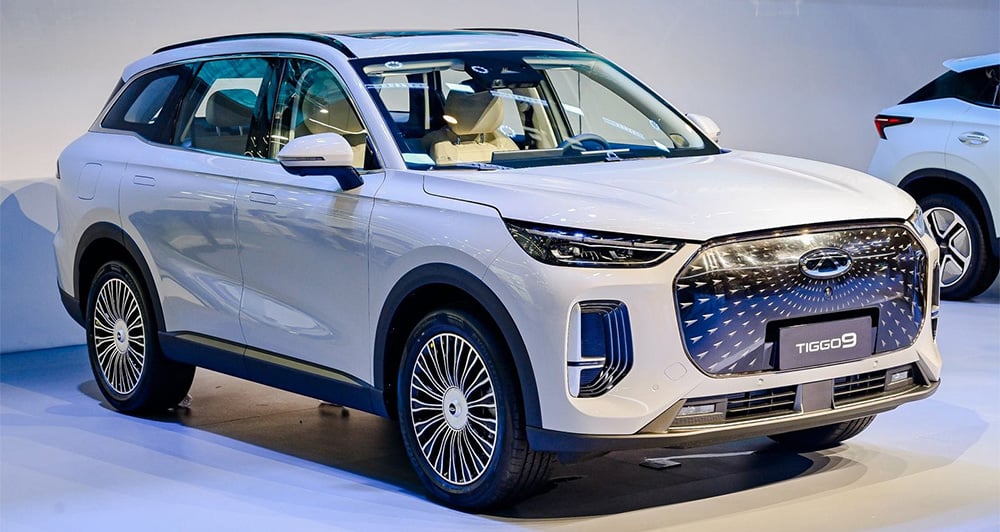
Comments